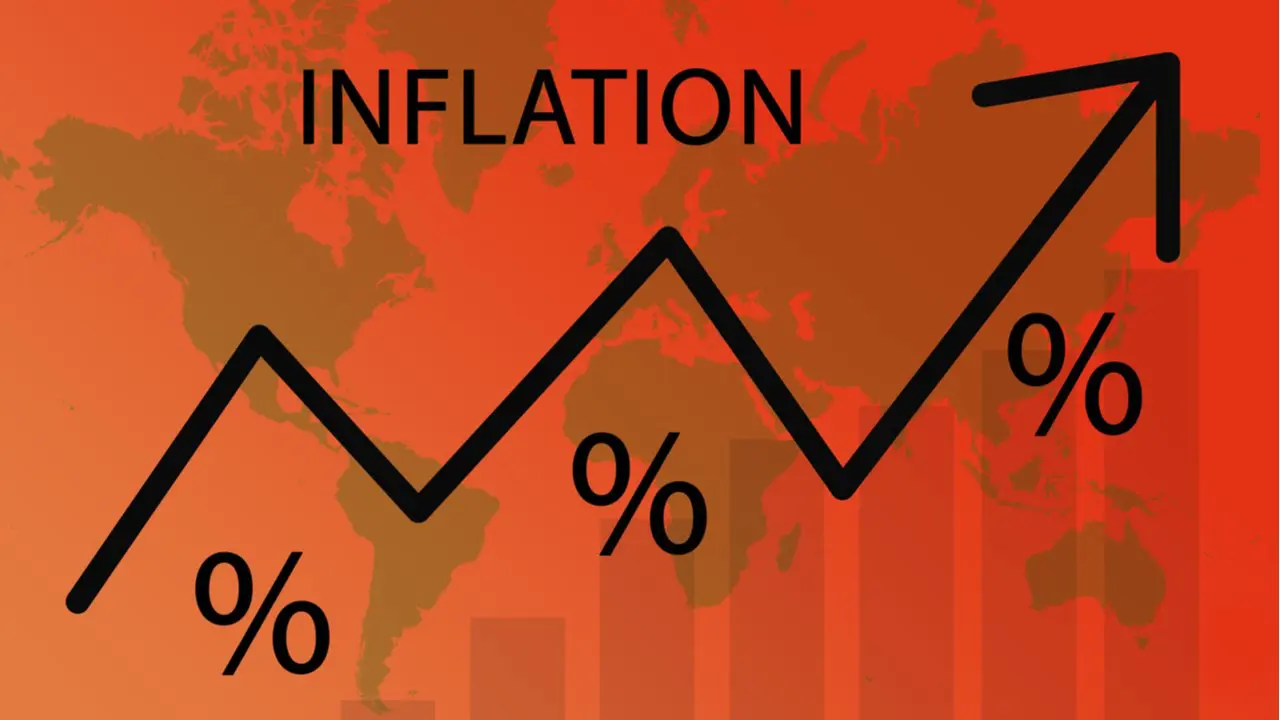
The Impact of Inflation on Your Investment Portfolio
Inflation can silently steal away your savings and returns. It’s important to allocate a portion of your assets towards things that will keep pace with it.
Investing in adjustable rate bonds such as Treasury Inflation-Protected Securities can be a good way to defend against inflation, while commodities and precious metals have historically done well during inflationary periods.
Stocks
Inflation generally makes the prices of everything go up, meaning each dollar you own buys less than before. This is bad for buying things, but it could be great for investments that return more than the current rate of inflation.
While almost all stocks are affected by inflation because it raises the cost of raw materials and labor (affecting profit margins), some sectors might actually benefit from higher consumer spending if it comes with wage growth. But “benefit” here refers to potential growth in a company’s earnings — not necessarily its stock price.
Fixed annual returns like bonds or bank certificates of deposit tend to be hit hard when inflation rises rapidly, so investors can add Treasury Inflation-Protected Securities into their portfolios for additional diversification and security. Interest payments on these securities adjust upward as inflation increases.
Bonds
When inflation spikes, investors may think about how this phenomenon will affect each asset class they hold. Inflation causes the general price level of goods and services in an economy to increase over time, eroding purchasing power; owning investments that produce returns above that rate can help counteract this slow decline.
Some companies may be hurt by increasing consumer costs or rising wages if they’re highly leveraged with debt. Additionally, expensive growth stocks might experience bigger declines than cheap value stocks during times when everyone is worried about whether something is too expensive.
Bonds offer excellent diversification for many portfolios, although they fare poorly when we see high levels of inflation. One solution is adding Treasury Inflation-Protected Securities (TIPS) or other inflation-indexed bonds to your portfolio. The real yield of a bond is the sum of its nominal yield plus the inflation rate.
Real Estate
Inflation naturally erodes the real returns from traditional fixed-income investments like bonds and savings accounts, which pay a set coupon or interest rate for a certain period of time; consider diversifying your holdings with assets that are less sensitive to it, such as real estate, commodities or TIPS (Treasury Inflation-Protected Securities). Real estate and commodities do well in inflationary environments because they tend to be tangible assets that go up in price.
Rents typically rise along with construction material and labor costs during times of inflation, enabling property owners to raise rental prices and earn higher passive income. Over 5-year rolling periods, real estate has historically outperformed inflation 85% of the time.
Other Assets
Because every investment becomes worth less whenever there’s inflation, it’s important to own a variety of them so you can offset any depreciation. If something loses value because of rising prices, then hopefully another asset will gain value as more people rush into it.
Fixed-interest investments like bonds or certificates of deposit tend to be worst hit by this invisible force, since their returns don’t get adjusted upward for each passing year. Treasury Inflation-Protected Securities (TIPS) can help you keep pace with inflation; diversifying your holdings makes sense when you want some things that move one way (or not at all) while others go in different directions. But before investing, make sure you understand how various types of investments have historically behaved during periods when people are worried about too much spending or too much stock market speculation.





